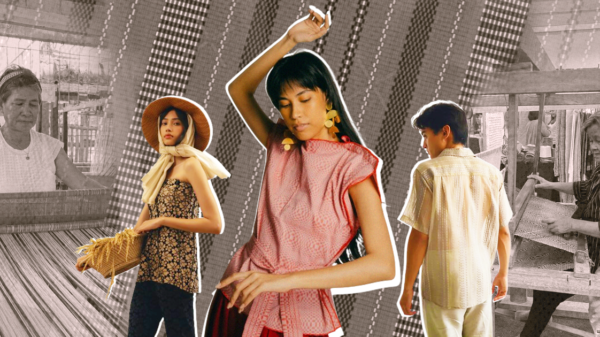The Philippines has a rich and warm culture that attracts people all over the world. There’s no denying the fact that our country is very rich in creativity, spread all throughout the culture and traditions of each people. The majority of tourists tend to have positive impressions of the country’s food, tourist attractions, people, traditions, and a variety of other things. But in today’s world, local touches are hard to find in things like dress and cuisine preferences, and the list goes on.
What is a local touch? The local touch is basically the Filipino touch.
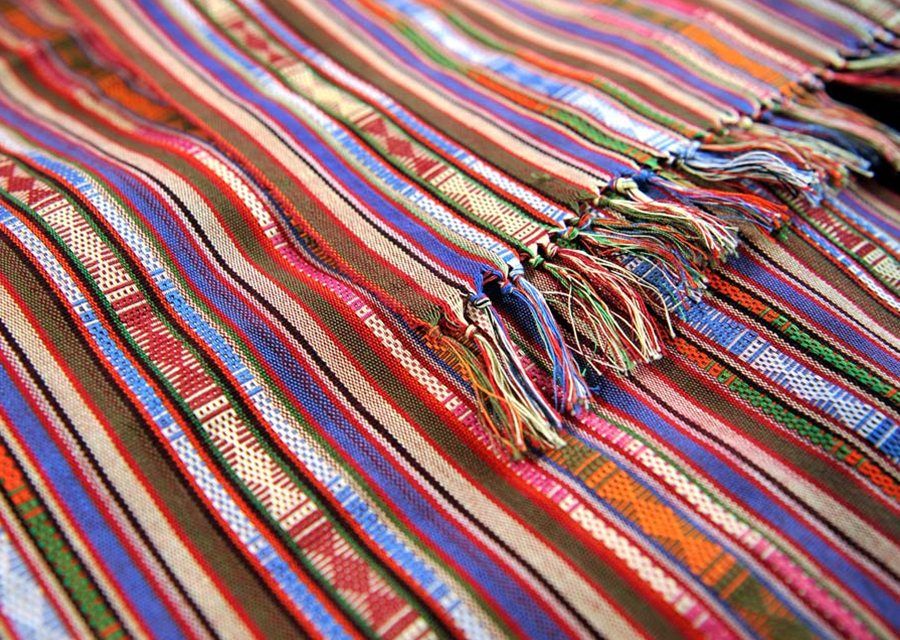
It serves as a reminder that Filipino design may still be considered attractive even in today’s world. One excellent example is the nostalgic Filipino interior design trends that use natural components, accent pieces, and, of course, neutral colors to make the space feel cozier.
If you come to wonder, Filipinism in branding is widely spread all over the world. The design and craftsmanship of our country’s rich culture are just manifestations of the fact that we rise through creativity and that we get to celebrate who we are through our own personal branding.
Here’s a closer look at how far the Filipino touch has come:
AURO CHOCOLATES
Auro Chocolate is an award-winning, proudly Filipino bean-to-bar brand that produces fine cacao and premium chocolate. It’s an internationally awarded tree-to-bar chocolate brand that promotes sustainability by working directly with local farmers to create fine Filipino cacao beans, ingredients, and retail products with unique and bold tropical flavors.
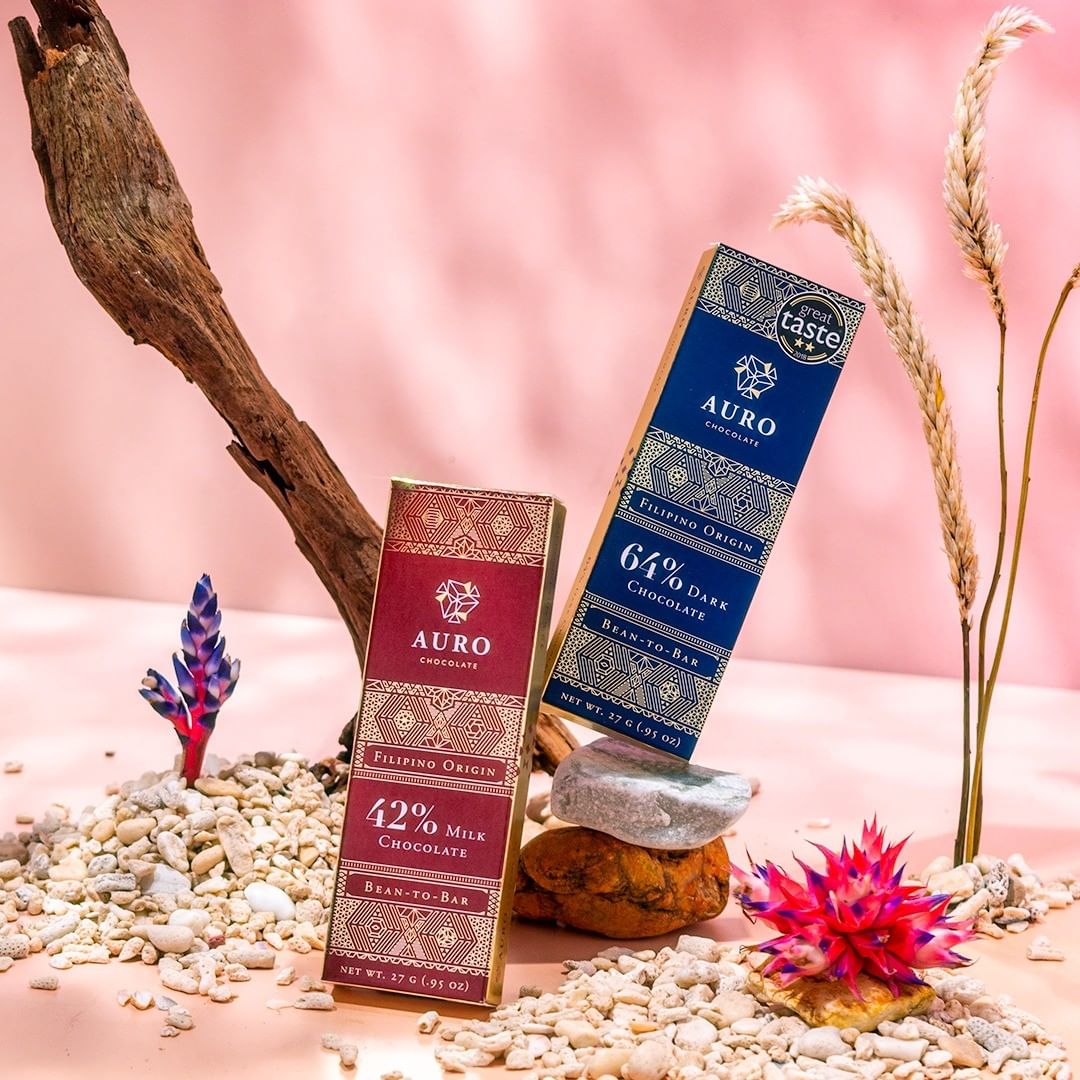
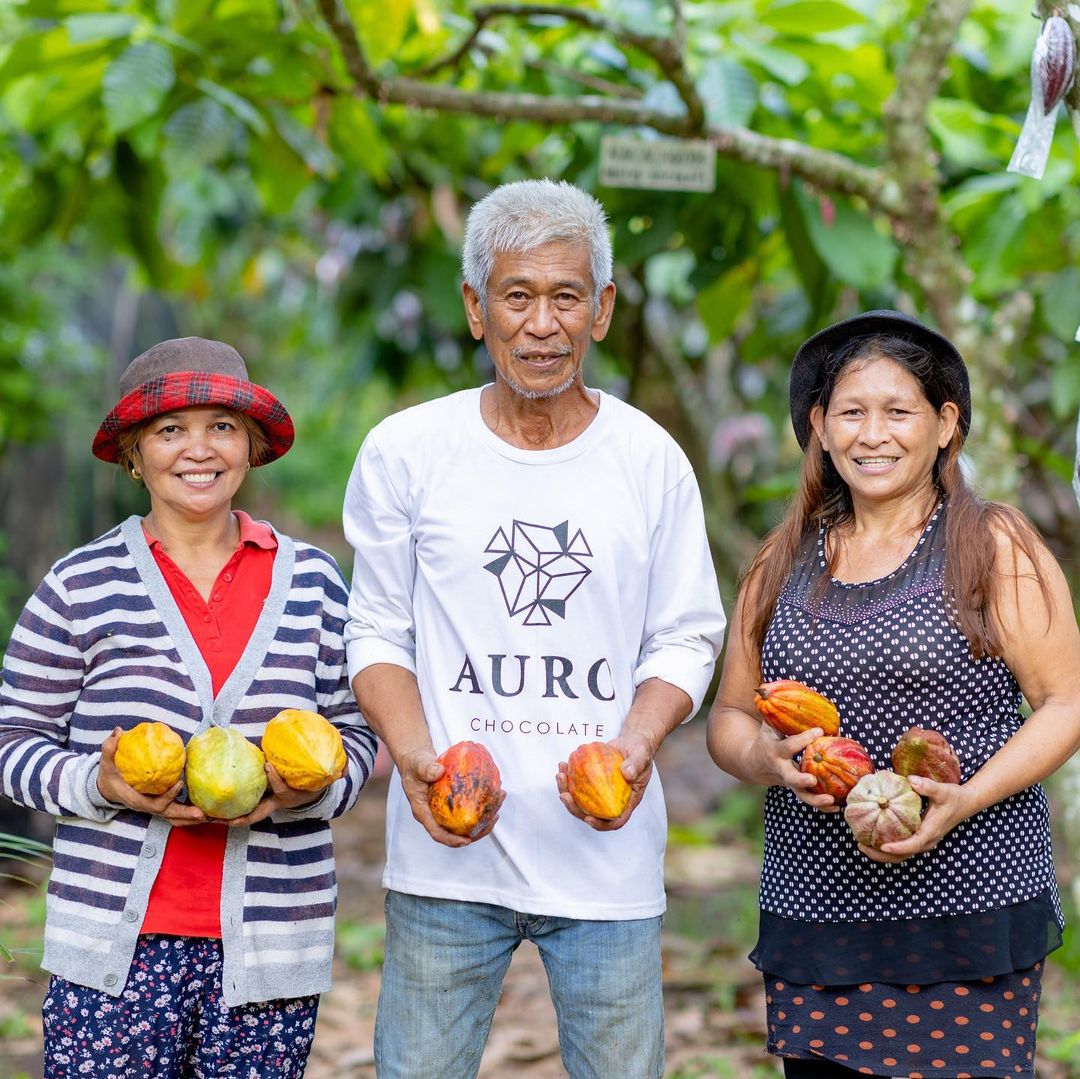
Auro Chocolates’ colors are screaming in the loudest colors possible. The production team in charge of the design used tropical themes in order to visually convey the chocolate’s place of origin: vivid colors, picturesque backdrops, and beachy textures typical of the Philippine islands. The design team also emphasized the brand’s goal to support sustainable partnerships that will benefit Filipino cocoa growers.
SALAMAT CERAMICS
From the Tagalog word ‘Salamat,” which means gratitude, Salamat Ceramics holds on to the notion of and is a whimsical ode to the landscapes observed on a daily basis.
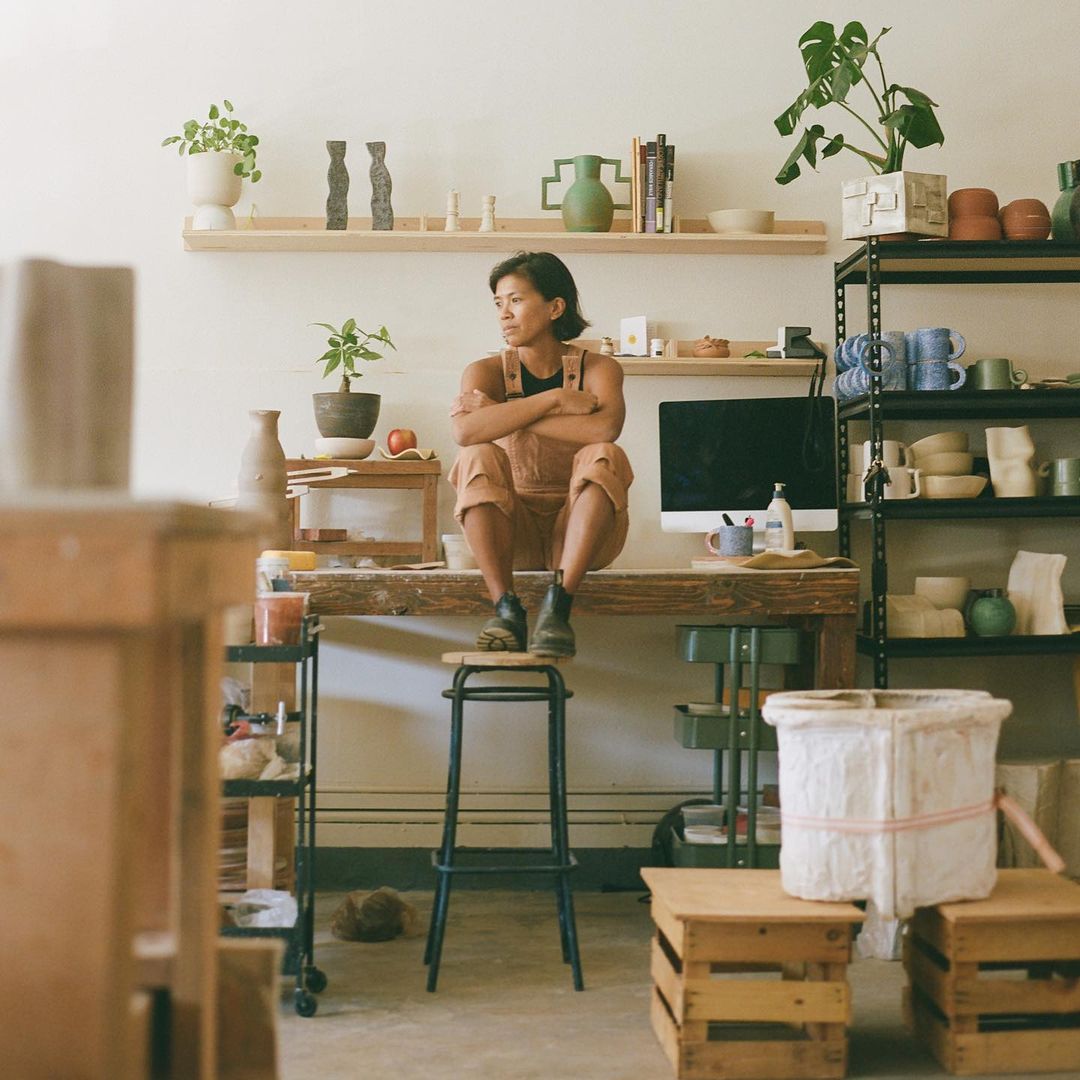
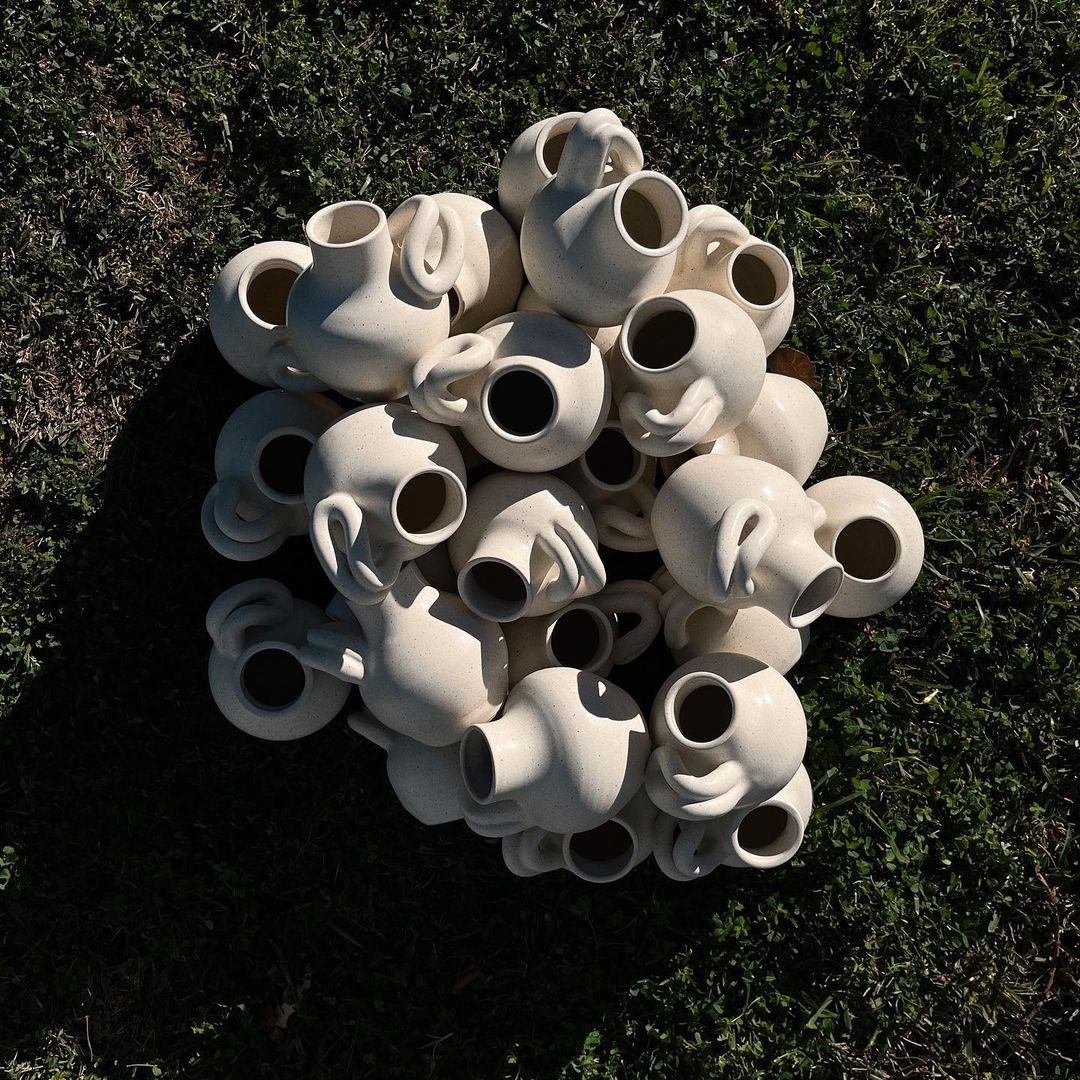
They are very open to the idea of recreating the defects into useful new products, making it a fully functional and beautiful piece that shouldn’t go to waste as a way of saying, ‘Thank you.’
CASA JUAN
Casa Juan is a homeware brand inspired by the heritage and culture of the Philippines. Their exquisite home furnishings reflect a deep passion for everything Filipino, including indigenous tribes and their exquisite crafts, endemic birds, flowers, and fruits, weaving patterns, folklore, and architecture.


They work with talented Filipino artists and artisans to come up with unique and beautiful designs and showcase them through their products. Casa Juan believes that Filipino design and craftsmanship are world-class and should be a part of every home. This company also partners with designers such as Rajo Laurel to infuse design into every mundane moment of every day.
MAMASUN CERAMICS
New York-based Mamasun would like to incorporate Filipino design in all households. The creator wants to incorporate “home,” which is the Philippines, far away from home.
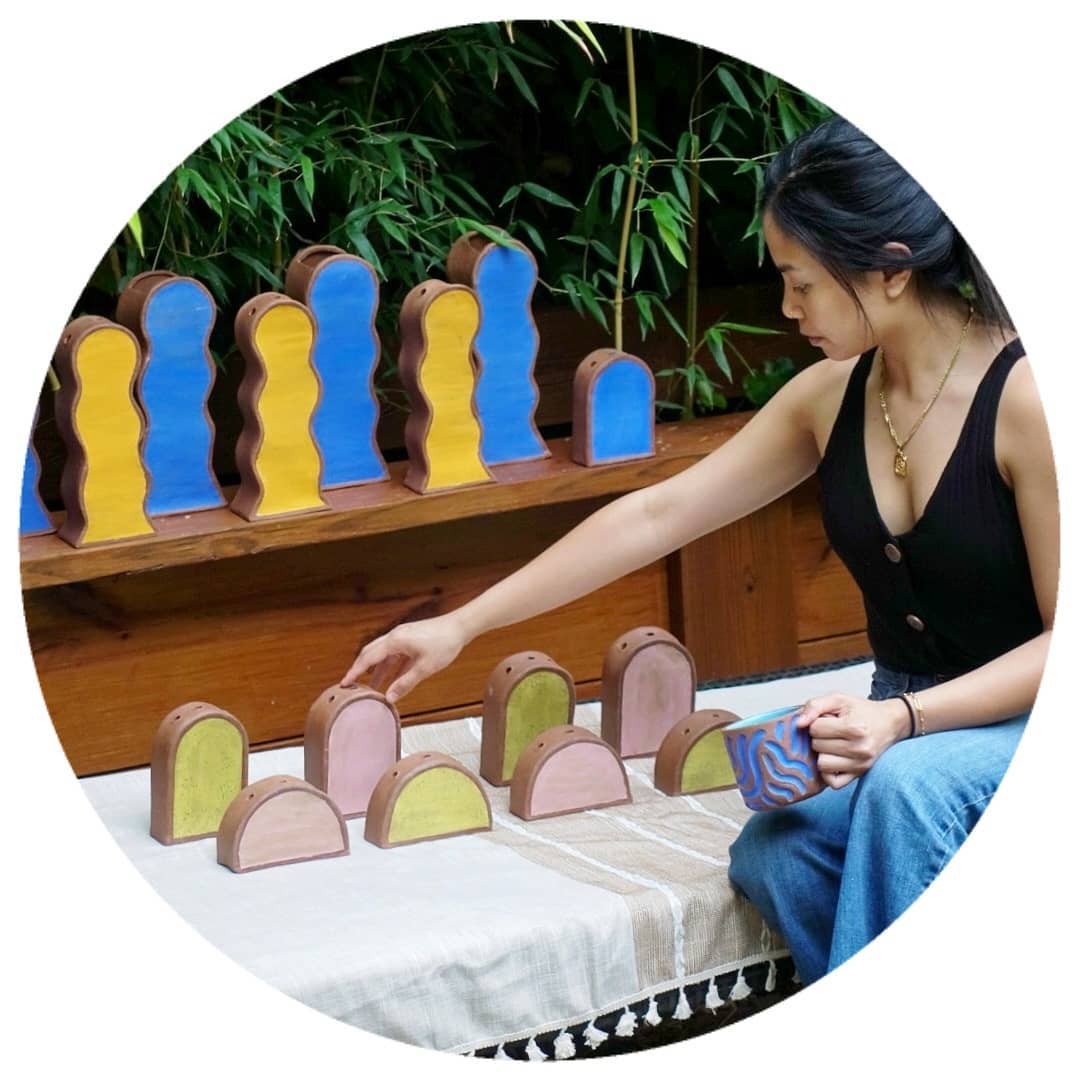
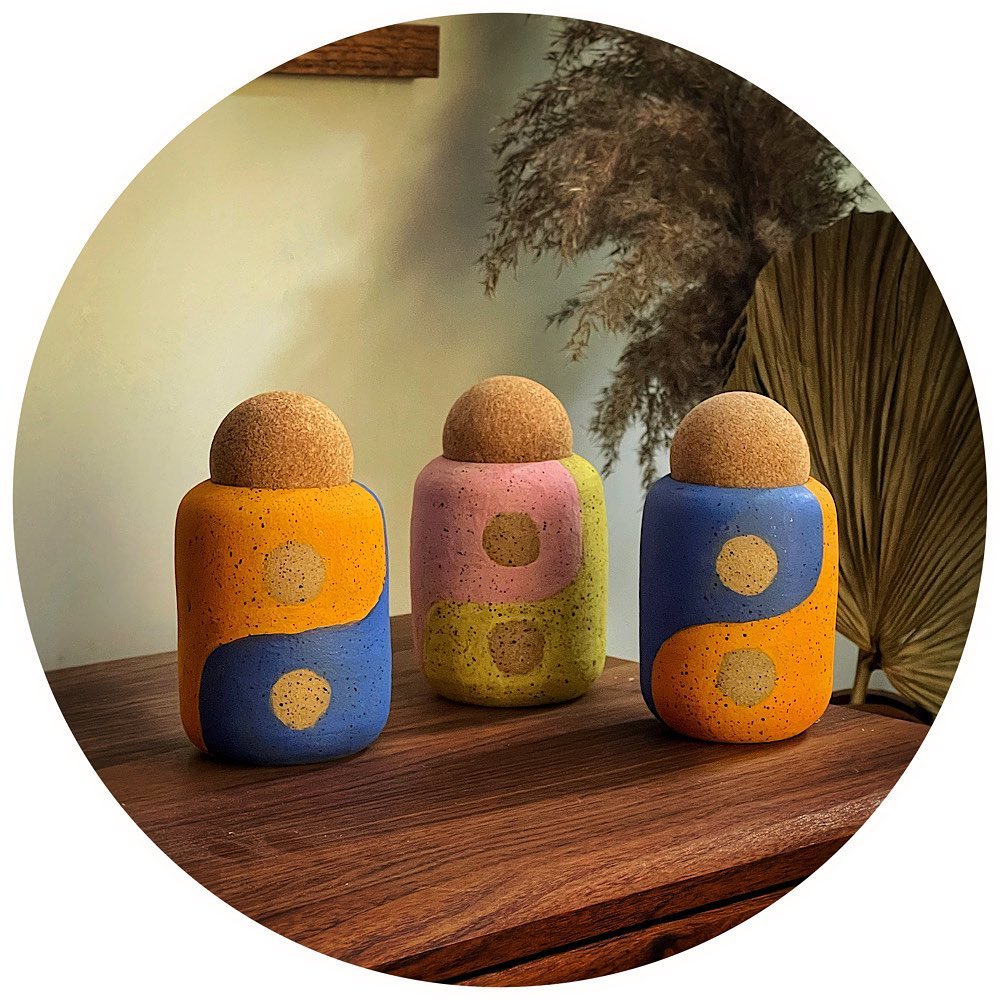
According to her, their pieces reflect the vibrant nature that brings life and party to every moment, the Filipino way. Celebrate every day and every goal like a fiesta, not settling for the same old boring. Each Mamasun piece is made by hand from start to finish; the quality is above greatness because it deserves to be special.
ARANAZ
Aranaz is a fashion accessory label that celebrates living life to the fullest. It is a Filipino company that uses traditional Filipino crafts to update its rich heritage and legacy of workmanship for the current era. Through intricate and stylish things, they provide the modern woman with a quick vacation from her fast-paced world.


Their pieces are designed to sprinkle clues of the exotic and artisanship of everyday life. Every collection reflects the brand’s heritage and appreciation for handiwork and workmanship. According to the brand, their very collection echoes the history behind the brand and its affinity for craftsmanship and the handmade. The brand has perfected that signature blend of polished and artisanal — the very combination that has made Aranáz some kind of boudoir frequented by the chic, the powerful, and the cool of Manila.
KAPE DE FILIPINA
Germany-based Kape de Filipina Coffee was established by Kintal Creative Studio with the goal of reintroducing the Philippines to the world of coffee. Their ultimate objective is for their audience to fully experience Filipino coffee, which includes understanding and appreciating the industry’s vast diversity brought by Philippine coffee, its distinctive flavors, and the communities that produce it. Its design patterns were influenced by the creativity of the native weavers from the Philippines’ indigenous communities.
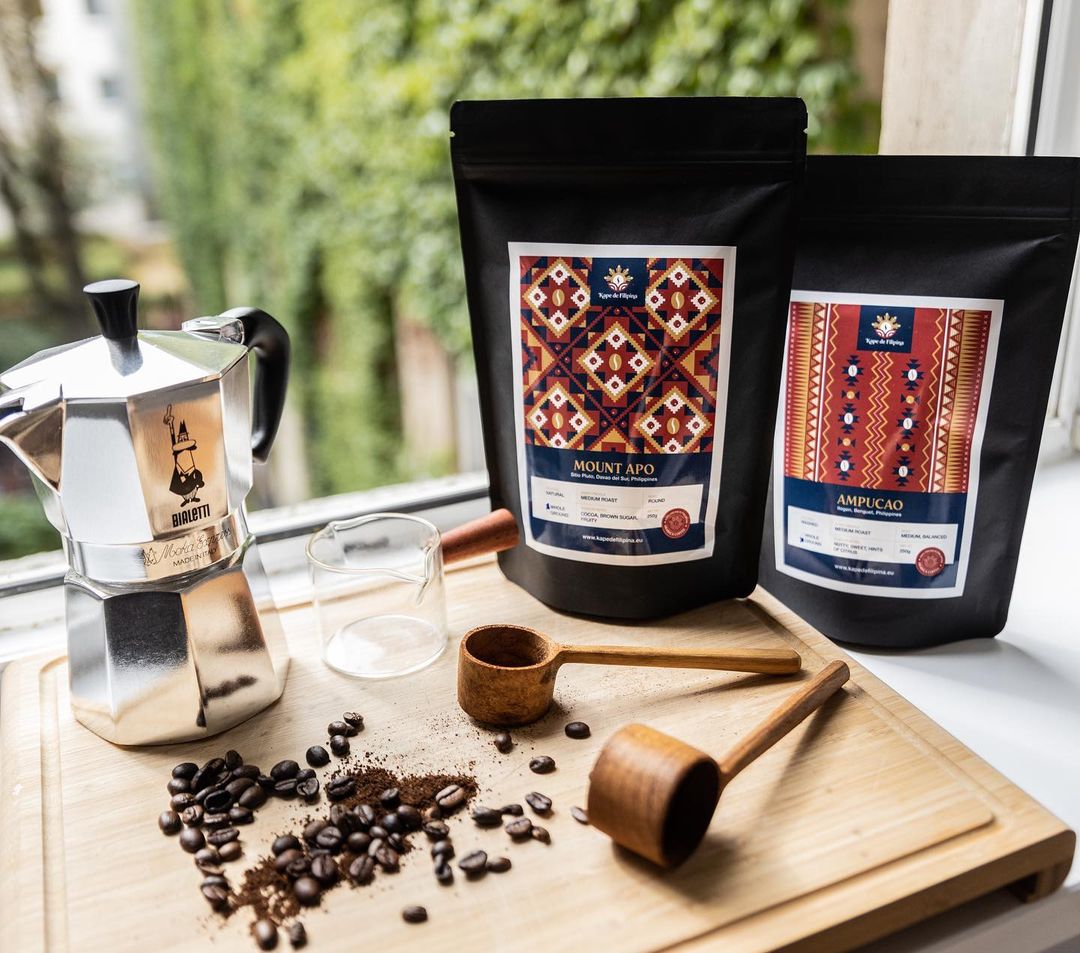
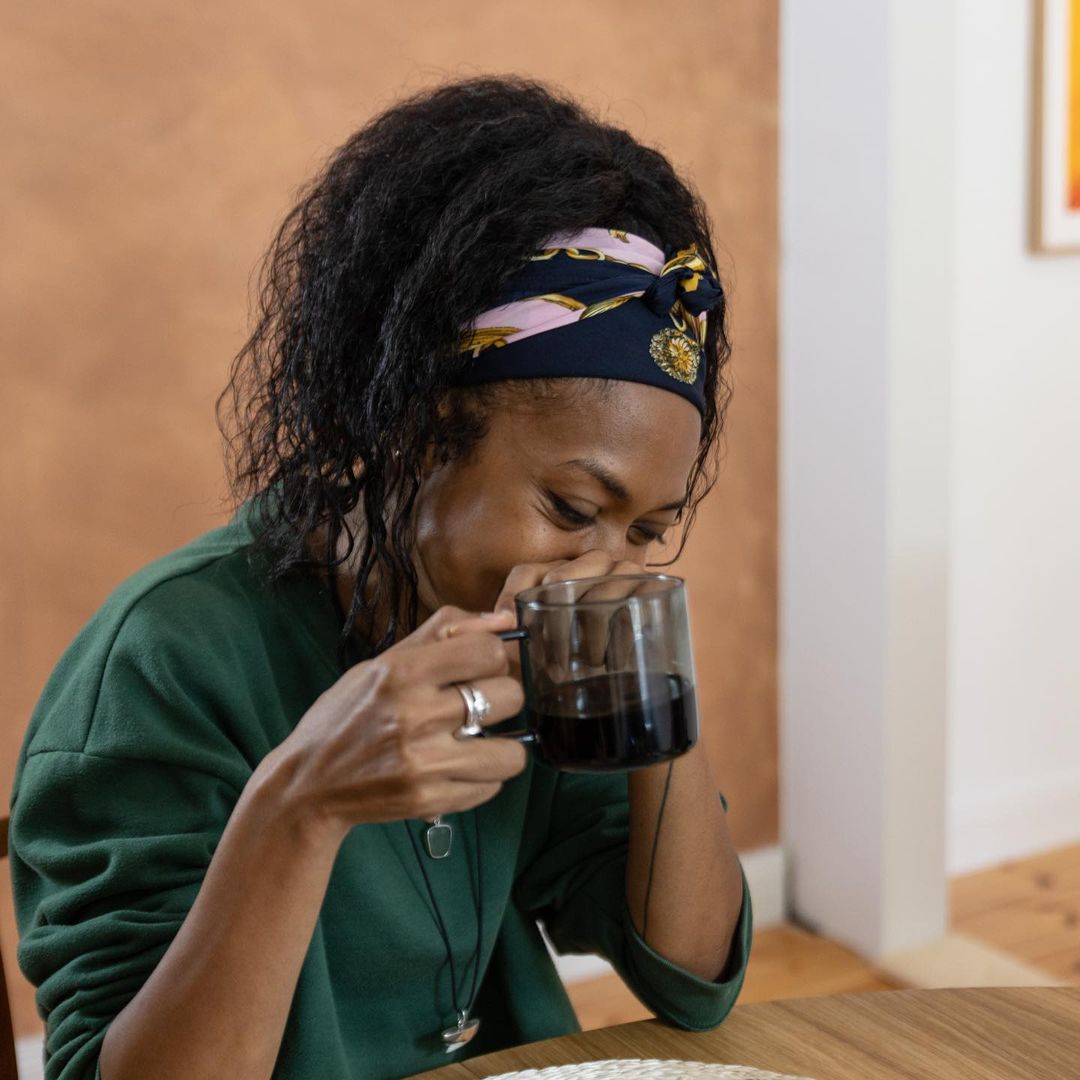
A very interesting fact about this well-thought-out brand is that every weaving contains symbolic connotations that represent Filipino customs and identity and that tell a tale about the culture of the local community. These patterns not only add attractiveness to the brand but also enable the system to grow to accommodate the wide range of necessary applications. Each variant’s packaging uses a pattern unique to its origin and history: Yakan weave for Arabica from Mount Apo; T’nalak weave for Arabica from Mount Matutum; Kinan-ew weave for Arabica from Sagada; and Ibaloi weave for Arabica from Atok, Sayet, and Ampucao. Kintal Creative Studio used features from the Philippine flag in the Barako variation.
CONCLUSION
Having a local touch increases the possibilities of cultural growth not only here in the country but globally. It’s a fact that’s still strong—the Filipino design can still be added as part of the aesthetic. Designers do not want the credit to flow just to the design itself but mostly to how special this is to us as Filipinos, the country as a whole, and our creativity as a whole.











